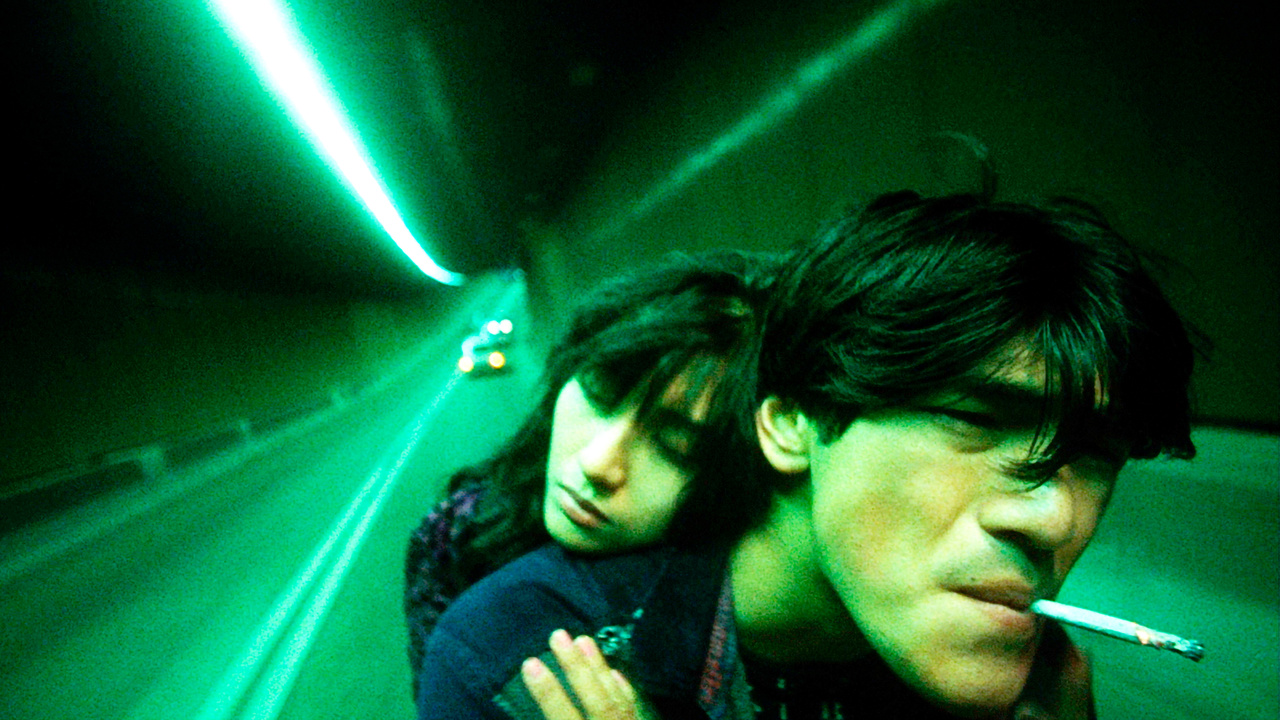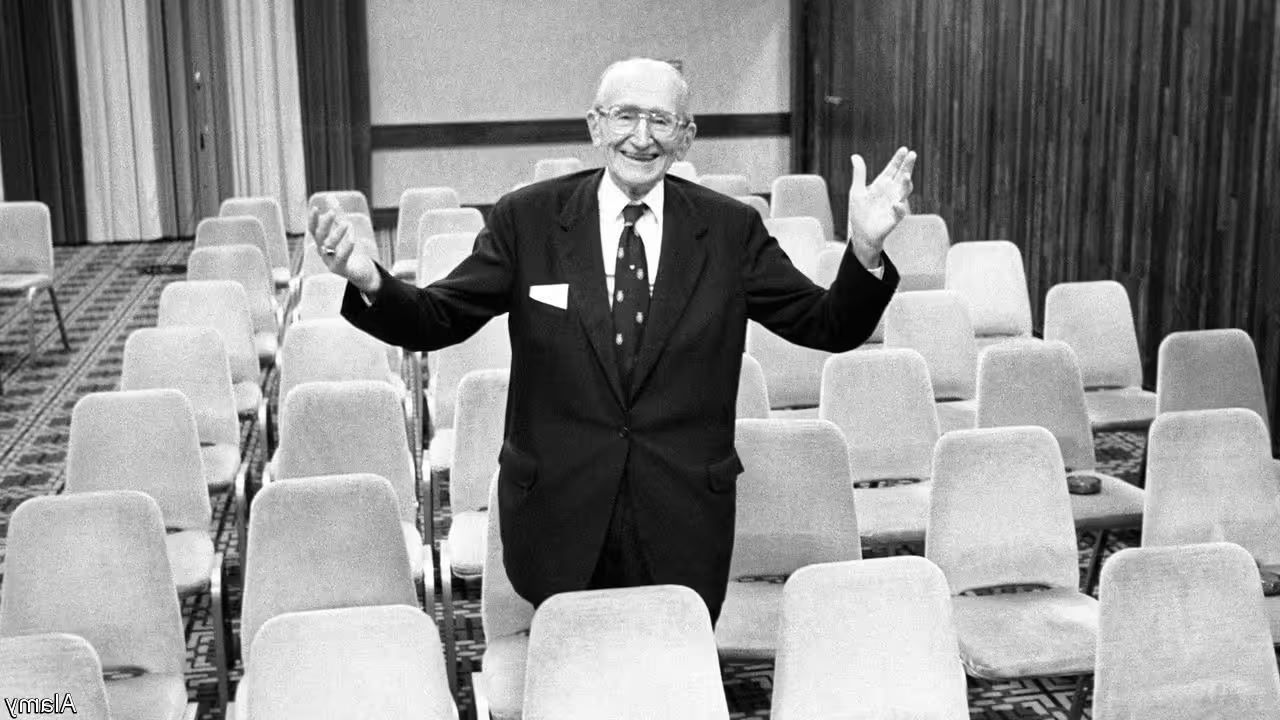
Welcome to the fascinating world of the movie Fallen Angels. In this article, we will take a deep dive into this gripping film and uncover 42 intriguing facts that will leave you craving for more. Directed by the talented visionary, the movie takes us on a thrilling journey that combines elements of mystery, romance, and suspense. It has captivated audiences worldwide with its mesmerizing storyline, brilliant cinematography, and outstanding performances. From behind-the-scenes trivia to hidden Easter eggs, prepare to immerse yourself in the secrets and anecdotes that make Fallen Angels a true cinematic gem. So grab some popcorn, sit back, and let’s discover the fascinating facts that lie beneath the surface of this extraordinary film.
Key Takeaways:
- Fallen Angels” is a visually stunning crime-drama film that explores themes of loneliness, love, and fate in 1990s Hong Kong, captivating audiences with its unique storytelling and captivating visuals.
- Wong Kar-wai’s signature style shines through in “Fallen Angels,” blending poetic narratives with visually striking imagery, making it a must-watch for fans of the director and lovers of artistic cinema.
The film was originally intended as a sequel to Chungking Express.
Wong Kar-wai initially planned to make a sequel to his critically acclaimed movie Chungking Express. However, instead of creating a direct sequel, he decided to develop a separate storyline, which eventually became Fallen Angels.
Fallen Angels showcases the vibrant streets of Hong Kong.
The movie beautifully captures the bustling streets and neon-lit alleys of Hong Kong, creating a visually stunning backdrop for the characters’ stories to unfold.
Leon Lai and Takeshi Kaneshiro play dual roles.
Both Leon Lai and Takeshi Kaneshiro portray two different characters in the film, adding an intriguing layer of complexity to the narrative.
Fallen Angels explores themes of loneliness and longing.
The film delves deep into the emotions of its characters, focusing on their feelings of isolation and the yearning for human connection.
Wong Kar-wai’s signature visual style is prominent in Fallen Angels.
Known for his unconventional storytelling and stunning visuals, Wong Kar-wai infuses the film with his distinctive cinematographic techniques, creating a mesmerizing experience for the viewers.
The movie features a non-linear narrative.
Fallen Angels deviates from the traditional linear storytelling approach and instead presents a fragmented narrative, allowing the audience to piece together the different storylines.
The soundtrack of Fallen Angels is eclectic and captivating.
The film’s music, composed by Frankie Chan, blends various genres ranging from classical to jazz, further enhancing the overall mood and atmosphere of the movie.
Some scenes were shot guerrilla-style.
Wong Kar-wai and his crew filmed certain scenes of Fallen Angels without permits, capturing the raw energy of the streets of Hong Kong and adding an element of spontaneity to the film.
Actress Michelle Reis makes a cameo appearance.
Michelle Reis, who starred in Wong Kar-wai’s Ashes of Time, has a brief but memorable cameo in Fallen Angels, making it a treat for fans of both films.
Fallen Angels was praised for its cinematography.
The film’s visually stunning shots, expertly captured by cinematographer Christopher Doyle, received widespread acclaim and solidified his partnership with Wong Kar-wai.
It took six months to complete the filming of Fallen Angels.
Due to the intricate nature of the storytelling and the attention to detail required, the production of the film spanned over half a year.
Fallen Angels explores the complex relationships between its characters.
The movie delves into the intersecting lives of its diverse characters, unraveling their intricate connections and examining the complexities of human relationships.
Wong Kar-wai’s use of color is significant in Fallen Angels.
The director strategically employs vibrant colors and contrasting hues to evoke specific emotions and enhance the overall mood of each scene.
The movie captures the essence of 1990s Hong Kong.
Fallen Angels provides a glimpse into the unique atmosphere and urban culture of Hong Kong during the 1990s, while also reflecting the anxieties and uncertainties of the time.
Editing played a crucial role in the final look of the film.
Through innovative editing techniques and the use of jump cuts, Wong Kar-wai creates a dynamic and fast-paced narrative that keeps the audience engaged throughout.
Fallen Angels explores the dichotomy between dreams and reality.
The film blurs the lines between fantasy and actuality, presenting a surrealistic portrayal of the characters’ hopes, desires, and aspirations.
The movie incorporates elements of film noir.
Fallen Angels pays homage to the classic film noir genre by incorporating elements such as morally ambiguous characters, a gritty urban setting, and a sense of existentialism.
It was Wong Kar-wai’s first collaboration with cinematographer Mark Lee Ping Bin.
Mark Lee Ping Bin’s exceptional cinematography in Fallen Angels marked the beginning of a fruitful partnership with Wong Kar-wai, culminating in several other acclaimed films.
Fallen Angels received critical acclaim upon its release.
The film was praised for its innovative storytelling, stunning visuals, and its unique exploration of human emotions, solidifying Wong Kar-wai’s status as a visionary filmmaker.
The movie was a box office success in Asia.
Fallen Angels resonated with audiences in Hong Kong and other Asian countries, as its relatable themes and artistic merit attracted a wide range of viewers.
The characters in Fallen Angels are searching for meaning in their lives.
The film portrays individuals who are lost in their own journeys and are desperately seeking purpose and fulfillment amidst the chaotic nature of existence.
Wong Kar-wai’s distinct directorial style is evident in Fallen Angels.
The movie showcases the director’s flair for creating poetic and visually captivating stories that resonate with audiences on an emotional level.
Fallen Angels features unconventional framing and camera angles.
Wong Kar-wai’s unique approach to framing and camera placement adds an extra layer of intrigue to the visuals, making every shot visually striking and memorable.
It explores the dark underbelly of Hong Kong’s society.
Fallen Angels delves into the hidden world of crime, exploring the lives of characters who exist on the fringes of society, making it a compelling portrayal of urban life.
Wong Kar-wai’s inclination towards improvisation can be seen in the film.
The director often encourages his actors to improvise, allowing for natural performances and spontaneous moments that add authenticity to the characters.
Fallen Angels features stunning slow-motion sequences.
Through the use of slow-motion, Wong Kar-wai creates visually poetic moments, capturing subtle nuances and emotions that might otherwise go unnoticed.
The movie explores the blurred boundaries between love and obsession.
Fallen Angels delves into the complex nature of relationships, highlighting how love can often morph into an obsession that consumes and drives its characters.
Wong Kar-wai’s ingenious use of mirrors is prevalent in the film.
The director often employs mirrors as symbols, reflecting the characters’ internal conflicts and creating a sense of duality and self-reflection.
Fallen Angels is considered a stylistic masterpiece.
The film’s distinctive style, innovative storytelling, and artistic visuals have earned it a reputation as one of Wong Kar-wai’s most stylish and visually stunning works.
The movie explores themes of fate and chance encounters.
Fallen Angels presents a world where random encounters and coincidences play a significant role in shaping the characters’ lives, emphasizing the unpredictable nature of fate.
Wong Kar-wai’s use of voice-over narration adds depth to the film.
By incorporating introspective and introspective voice-overs, the director offers deeper insights into the characters’ thoughts and emotions, creating a more immersive experience for the viewers.
Fallen Angels features dynamic and intense action sequences.
The film seamlessly transitions between moments of intense action and quieter, more introspective scenes, creating a narrative that is both thrilling and emotionally engaging.
The movie explores the concept of identity.
Through its diverse characters and their intersecting narratives, Fallen Angels delves into the search for identity and the complex journey of self-discovery.
Wong Kar-wai’s collaboration with production designer William Chang is evident in the film.
William Chang’s meticulous attention to detail and creative vision are showcased in every aspect of Fallen Angels, from the set designs to the costumes, enhancing the overall ambiance and visual appeal.
Fallen Angels incorporates elements of surrealism.
The film embraces dreamlike sequences, distorted realities, and unconventional storytelling techniques, creating an otherworldly atmosphere that blurs the boundaries between fantasy and reality.
The movie features a compelling ensemble cast.
From the lead actors to the supporting roles, Fallen Angels boasts a talented cast that delivers powerful performances, breathing life into Wong Kar-wai’s intricately crafted characters.
Wong Kar-wai’s use of slow-burning romance is a recurring theme in Fallen Angels.
The film delicately explores the themes of unrequited love and unfulfilled desires, leaving the audience with a lingering sense of longing and melancholy.
Fallen Angels is an introspective meditation on human existence.
Through its poetic storytelling and evocative visuals, the film prompts viewers to reflect on their own experiences and contemplate the complexities of the human condition.
The movie showcases Wong Kar-wai’s ability to capture the essence of emotions.
With a keen eye for capturing subtle gestures and expressions, the director creates a cinematic experience that resonates deeply with the audience’s emotions.
Fallen Angels has inspired countless filmmakers and artists.
The film’s poetic style, innovative storytelling, and visually striking imagery have left an indelible impact on the world of cinema, influencing a generation of filmmakers and artists.
Wong Kar-wai’s unique fusion of style and substance is evident throughout Fallen Angels.
The movie seamlessly combines its visually stunning aesthetics with thought-provoking themes, creating a cinematic masterpiece that stands the test of time.
Fallen Angels is a must-watch for fans of Wong Kar-wai.
For those who appreciate the director’s signature style and poetic narratives, Fallen Angels is an essential addition to their watchlist, showcasing Wong Kar-wai at the peak of his artistic prowess.
These are just 42 of the many reasons why the movie Fallen Angels continues to captivate audiences and cement its place in cinematic history.
Conclusion
Fallen Angels is an extraordinary movie that captivates audiences with its intriguing storyline, compelling performances, and stunning cinematography. It immerses viewers in a world of mystery and noir, filled with complex characters and unexpected twists. With its expert direction and atmospheric visuals, the film transports viewers into the gritty underbelly of urban life, exploring themes of love, identity, and redemption.
Whether you are a fan of suspenseful thrillers or appreciate thought-provoking cinema, Fallen Angels is a must-watch film that will leave a lasting impact. Its unique blend of noir aesthetics and poetic storytelling sets it apart as a true cinematic gem.
FAQs
Q: What genre does Fallen Angels belong to?
A: Fallen Angels is classified as a neo-noir film, combining elements of crime, mystery, and drama.
Q: Who directed Fallen Angels?
A: Fallen Angels was directed by Wong Kar-wai, a critically acclaimed Hong Kong filmmaker known for his visually stunning and poetic style.
Q: When was Fallen Angels released?
A: Fallen Angels was released in 1995 and quickly gained international recognition for its unconventional narrative and artistic approach.
Q: What is the plot of Fallen Angels?
A: Fallen Angels follows the intertwined journeys of several characters, including a professional hitman and a mute ex-convict, as they navigate the dark, neon-lit streets of Hong Kong. Their lives intersect in unexpected ways, leading to unexpected consequences.
Q: Are there any notable performances in Fallen Angels?
A: Yes, Fallen Angels features exceptional performances from its cast, including Leon Lai, Michelle Reis, and Takeshi Kaneshiro, who bring depth and nuance to their roles.
Q: Is Fallen Angels a sequel or part of a series?
A: No, Fallen Angels is not a sequel or part of a series. It is a standalone film with its own unique story and characters.
Q: What makes Fallen Angels stand out?
A: Fallen Angels stands out for its visually stunning cinematography, inventive storytelling, and unforgettable characters. It pushes the boundaries of traditional narrative structures and creates a mesmerizing experience for viewers.
If you're captivated by the enigmatic world of Fallen Angels, why not explore more cinematic wonders? Delve into the mind of the visionary director Wong Kar-wai, whose unique style has left an indelible mark on the film industry. Discover how cinematographers weave magic through their lenses, crafting visual masterpieces that transport viewers to another realm. And if you're in the mood for a thought-provoking drama, embark on a journey with Higher Learning, a powerful exploration of race, identity, and the challenges faced by young adults in a complex world.
Was this page helpful?
Our commitment to delivering trustworthy and engaging content is at the heart of what we do. Each fact on our site is contributed by real users like you, bringing a wealth of diverse insights and information. To ensure the highest standards of accuracy and reliability, our dedicated editors meticulously review each submission. This process guarantees that the facts we share are not only fascinating but also credible. Trust in our commitment to quality and authenticity as you explore and learn with us.


